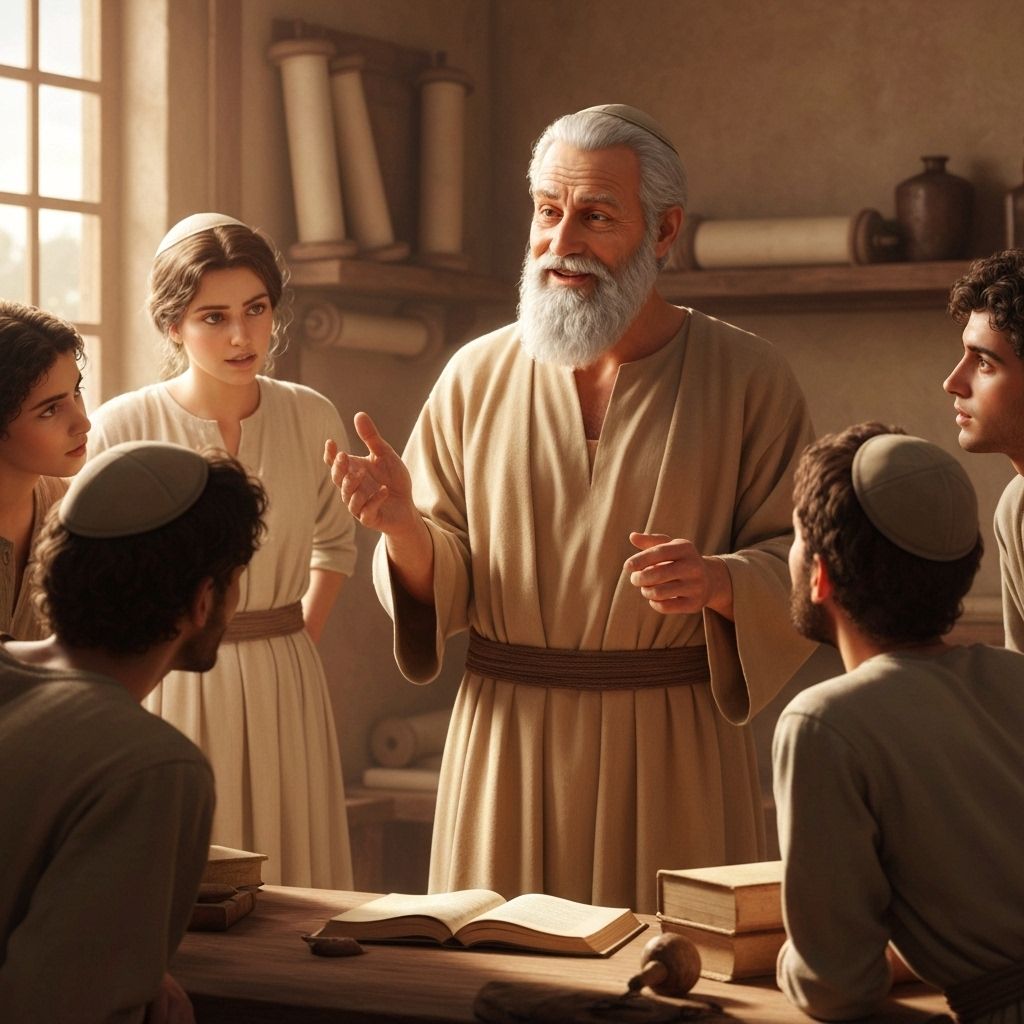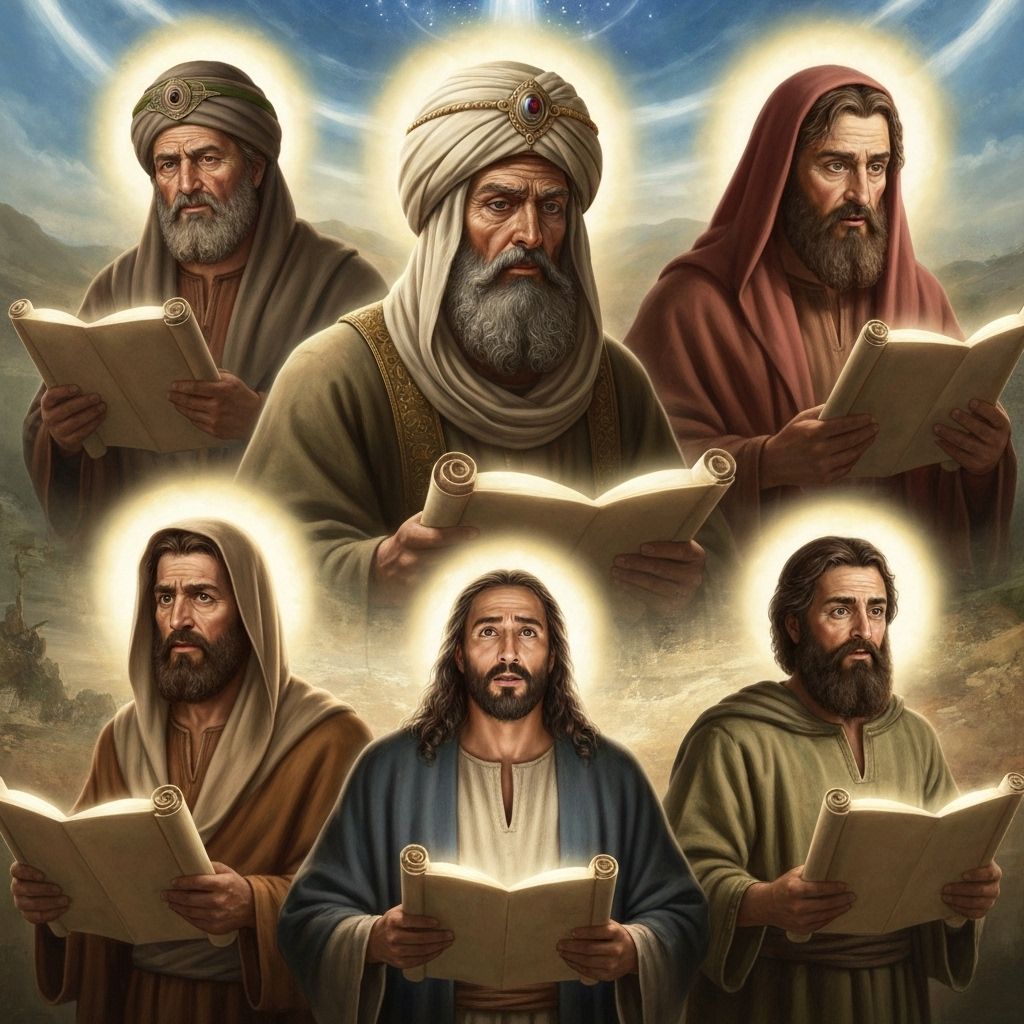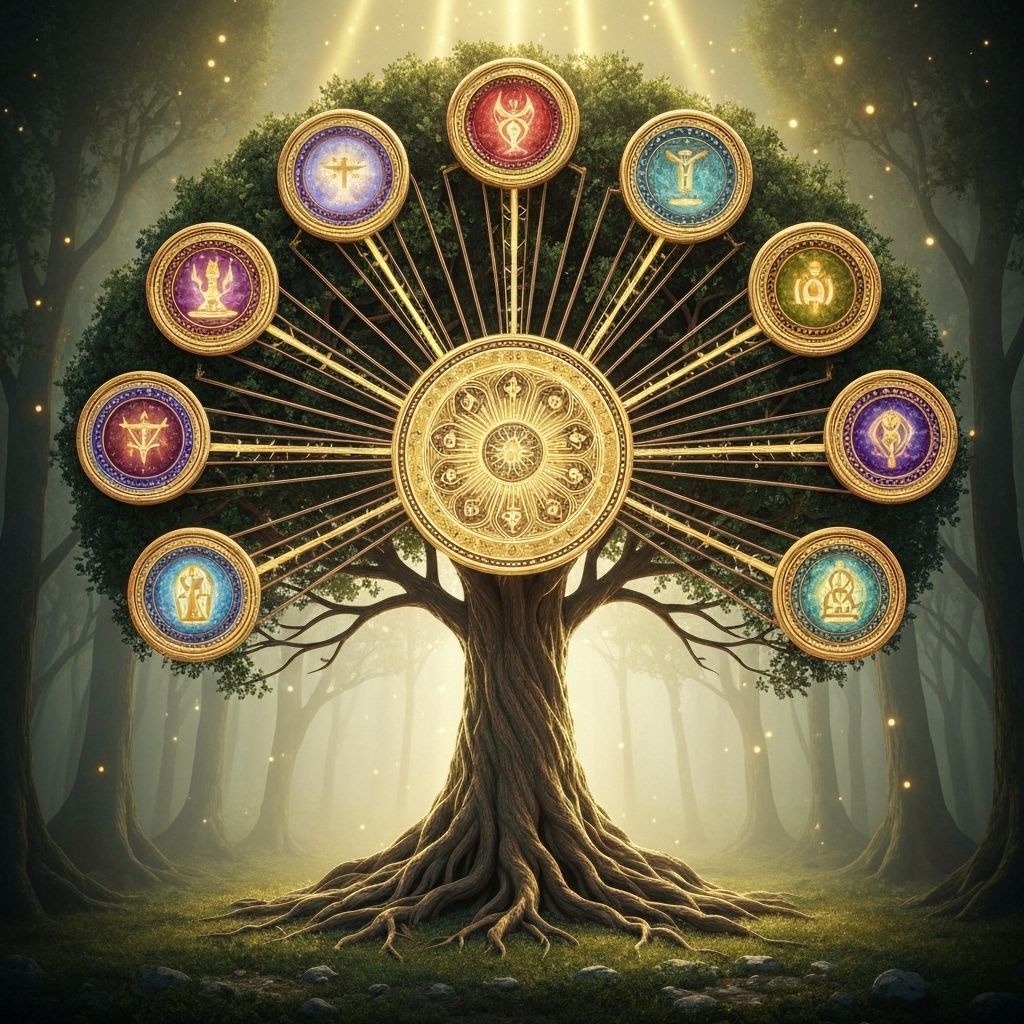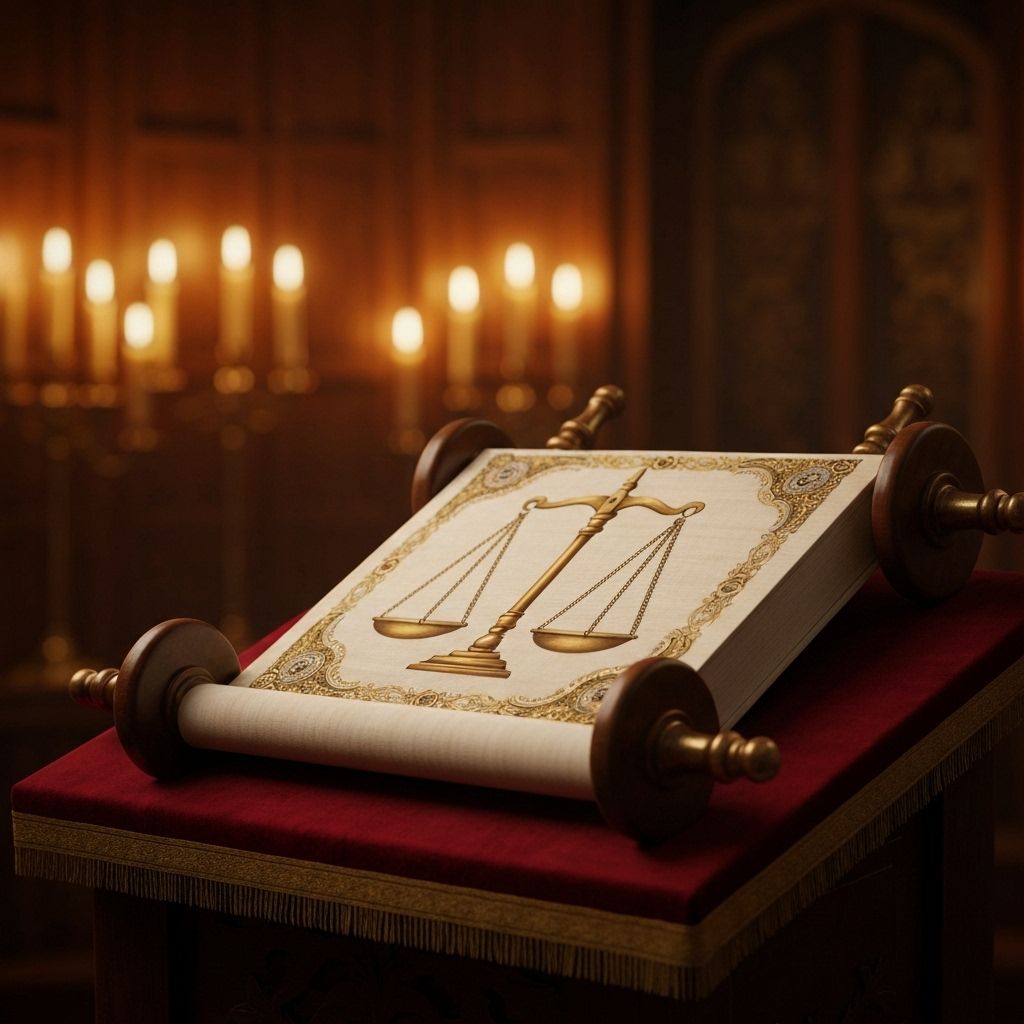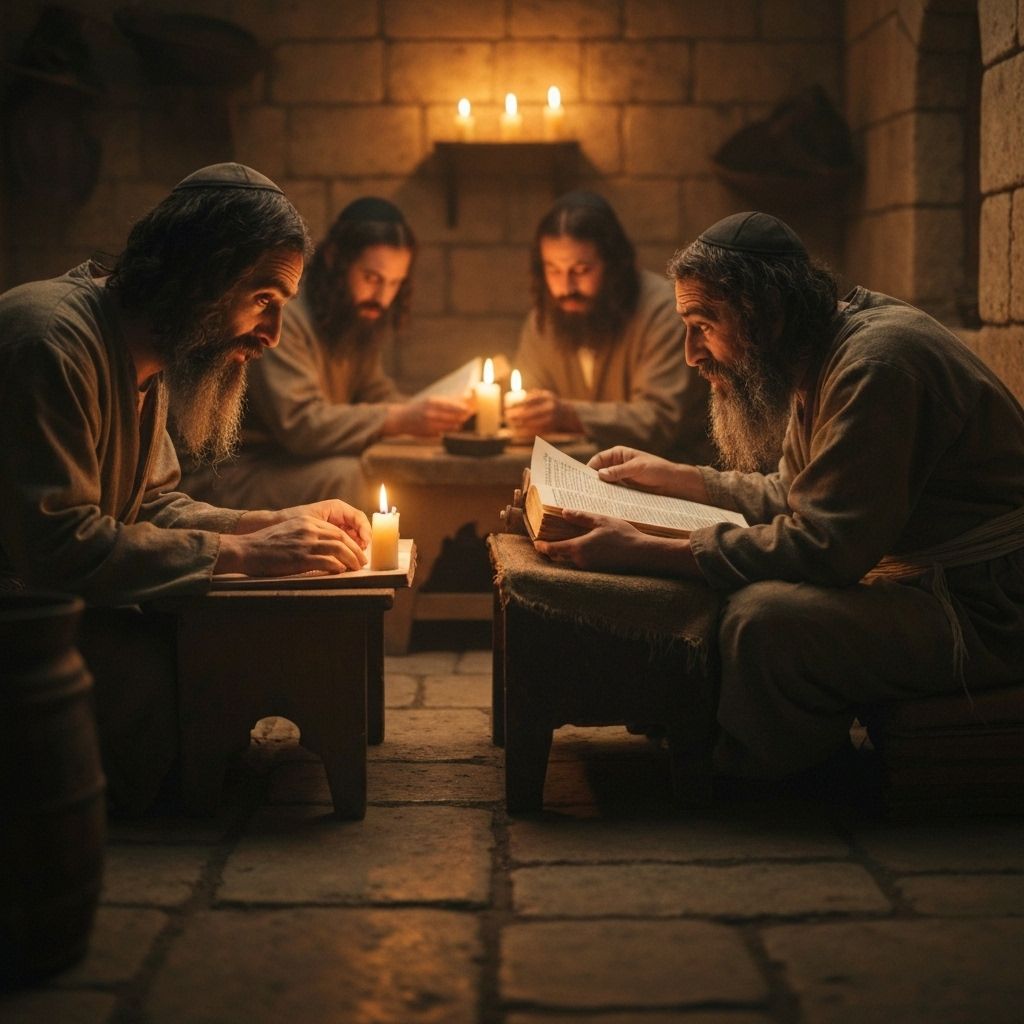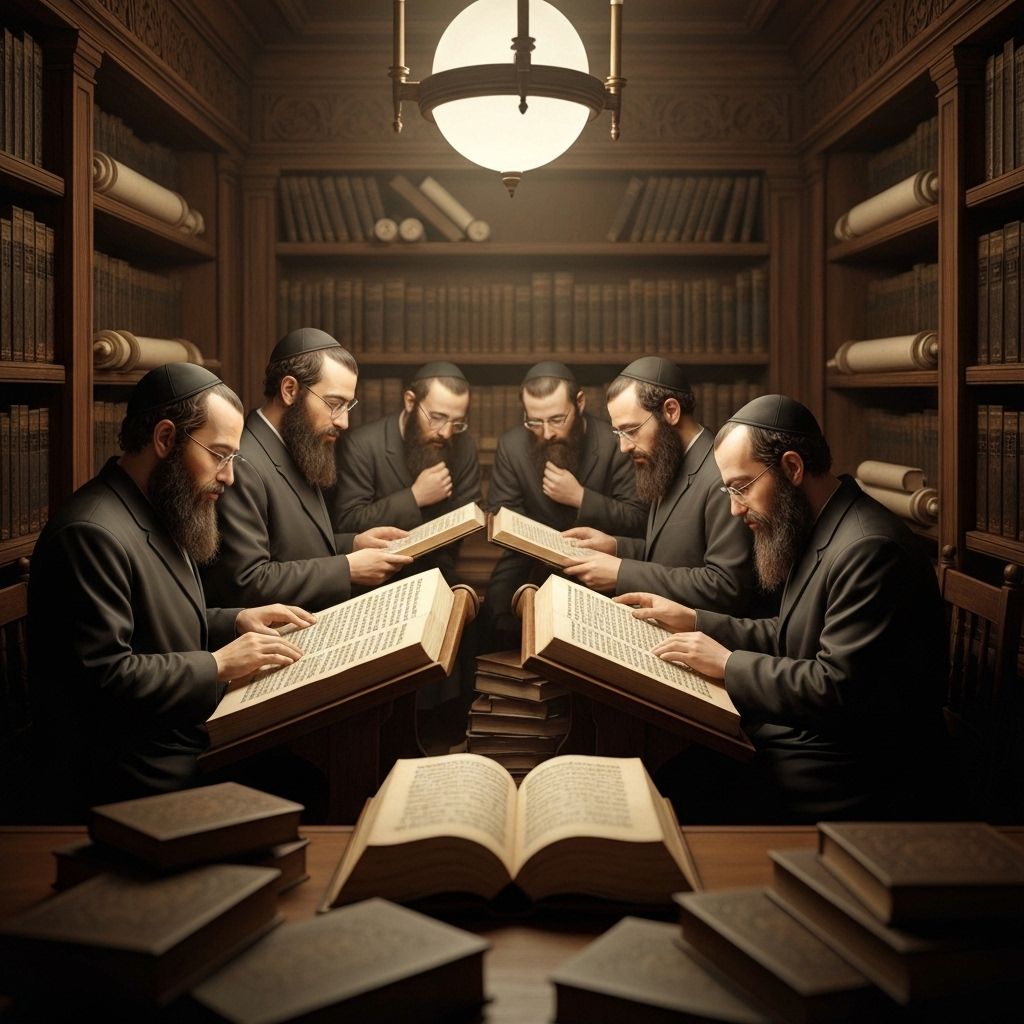3-Minute Summary
The Words of the Torah Explained with Help from Rashi and Ramban
Rashi (1040-1105) was a medieval French rabbi whose commentary on the Torah and Talmud is considered essential reading. His explanations focus on the plain meaning of the text and are known for their clarity and accessibility.
Ramban (1194-1270) was a Spanish rabbi, physician, and philosopher who provided deeper mystical and philosophical insights into the Torah, often building upon Rashi's work while adding his own profound interpretations.
The parsha begins with Hashem's command to take a 'terumah' (offering) from the people for the Mishkan. This freewill offering teaches that divine service should come from the heart, not compulsion, and that everyone can participate according to their means and abilities.
The materials required—gold, silver, copper, blue, purple, and scarlet wool, fine linen, goat hair, ram skins, acacia wood, oil, spices, and precious stones—represent the full spectrum of creation. The Mishkan incorporates both the most precious and the most common materials, showing that all of creation can be elevated to divine service.
The Ark of the Covenant, constructed of acacia wood overlaid with gold, symbolizes the union of the physical and spiritual. It will house the Tablets of the Covenant, representing the Torah as the foundation of divine presence. The Ark's design with rings and poles emphasizes portability, showing that divine presence accompanies the people on their journey.
The Table for showbread represents divine provision and human gratitude. The twelve loaves arranged in two stacks of six symbolize the twelve tribes, showing that divine sustenance unites the community. The Table's materials and dimensions mirror the Ark, establishing continuity between divine word and divine provision.
The Menorah, hammered from a single talent of gold, represents divine light and wisdom. Its seven branches correspond to the seven days of creation, while the cups shaped like almond blossoms symbolize spiritual awakening. The Menorah's central shaft with three branches on each side represents balance and harmony in divine illumination.
The Mishkan's curtains and coverings create layers of separation and sanctity, from the innermost Holy of Holies to the outer courtyard. Each layer represents a different level of divine closeness, teaching that spiritual ascent requires gradual approach and preparation.
The altar for burnt offerings represents the principle of divine service through sacrifice. Its construction from acacia wood overlaid with copper (rather than gold) reflects its function in the outer courtyard, where the copper represents judgment while gold represents mercy in the inner sanctum.
The courtyard with its pillars and hangings establishes boundaries between sacred and profane space. The requirement for all offerings to be brought through the gate teaches that divine service requires intentional entry into sacred relationship.
The emphasis on 'as I show you' in the blueprints teaches that divine service requires both human creativity and divine guidance. The artisans Bezalel and Oholiab are filled with divine spirit, showing that craftsmanship becomes sacred when directed toward divine purpose.
The Mishkan as a 'mikdash' (sanctuary) and 'mishkan' (dwelling place) represents Hashem's desire to dwell among the people. This radical concept—that the infinite divine presence can reside in a physical structure built by human hands—revolutionizes human understanding of spirituality.
The parsha concludes with the assurance that if the people follow Hashem's commands, divine presence will dwell among them. This conditional promise establishes that divine indwelling depends on human faithfulness, creating a partnership between heaven and earth.


